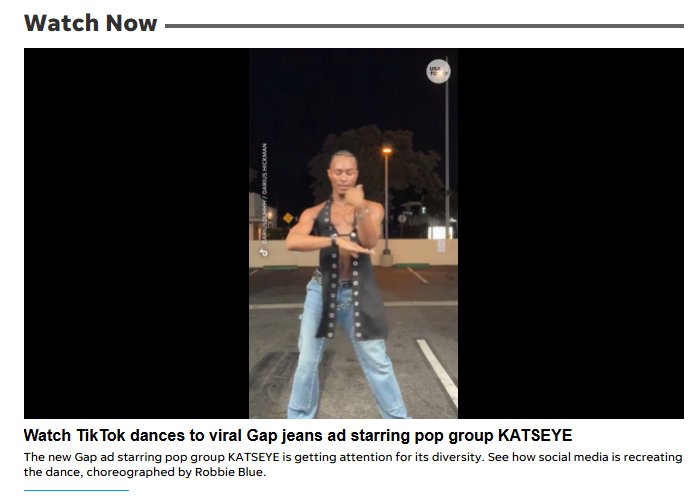 Sometime on or after seeing my aunt Mary on a recent trip to Wisconsin (How recent? Ten years ago), I learned that she spent time in India as a girl (her parents were missionaries?). I thought that was interesting, and I did some Internet stalking (I’m not close enough to most of my paternal family to, you know, just ask about it), and I spotted this book on Amazon and ordered it (in 2019). So it’s been sitting on my to-read shelves for six years for a moment just like this, where I would be still trying to work up the gumption to jump back into the C.S. Lewis Space trilogy.
Sometime on or after seeing my aunt Mary on a recent trip to Wisconsin (How recent? Ten years ago), I learned that she spent time in India as a girl (her parents were missionaries?). I thought that was interesting, and I did some Internet stalking (I’m not close enough to most of my paternal family to, you know, just ask about it), and I spotted this book on Amazon and ordered it (in 2019). So it’s been sitting on my to-read shelves for six years for a moment just like this, where I would be still trying to work up the gumption to jump back into the C.S. Lewis Space trilogy.
I was not sure whether this book was by my aunt or not. The Amazon page for it is not helpful. My aunt and other family members never mentioned it. And as I got into it, I realized: No. Not my aunt, so not a close relation but probably somewhere in the distant chain (probably not as close as my rich cousin who died).
So: This book is a story of her faith journey told through journal entries and connective writing. Ms. Noggle had a tough life. She was orphaned early, raised by a grandmother until the grandmother, too, died when Ms. Noggle was fifteen. She was raped by a carnie in her youth. Her brother died in Vietnam. She had a lot of distrust and anger in her, but she eventually found her way back to (the Catholic) church. But even though she started going to church and praying in her 20s, she still had ups and downs in her relationship with God (and Jesus), especially when her close sister dies in the 1980s from breast cancer.
It would be oversimple to say that the book is but a litany of hardships interleavened with letters (to God, to therapists), journal entries, and prayers, although that is the basic structure of it. But it’s a strangely compelling account, a testament and testimony, about the ups and downs of faith in hard times. And even with the ups and downs, she makes progress to a better and stronger faith through the book. I expected her to become a nun at the end of the book, but that wasn’t the case.
The self-published book is 208 pages, but the text is double-spaced throughout and prayers and letters are indented, so it’s really far shorter than that. A quick read and inspirational in its way.
But, yeah, not my aunt.



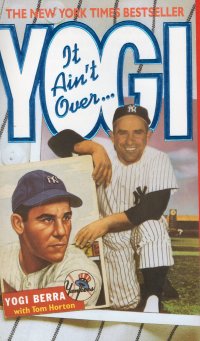 I
I 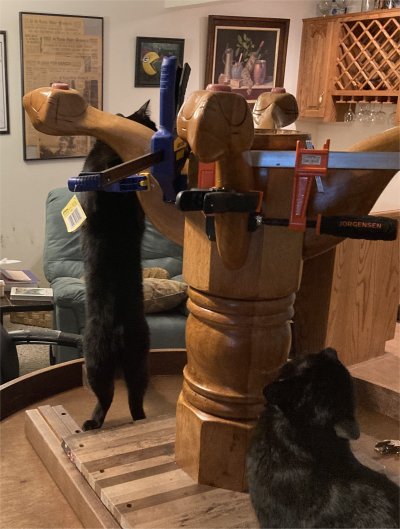


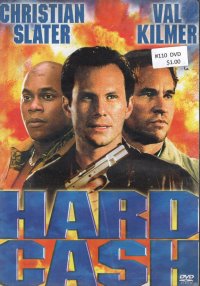 I picked this film up
I picked this film up 


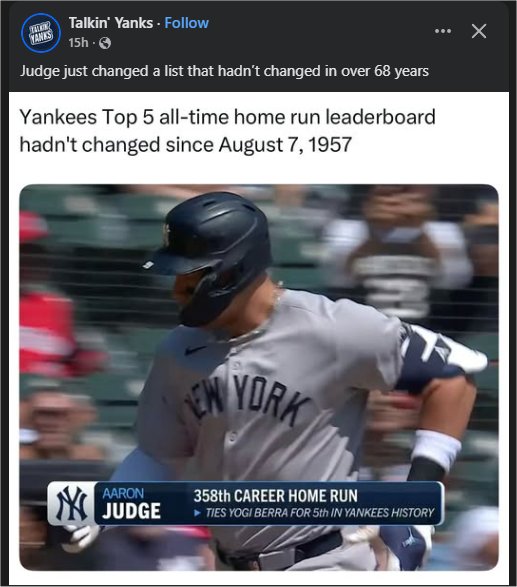

 I picked up this book in a bundle of chapbooks
I picked up this book in a bundle of chapbooks 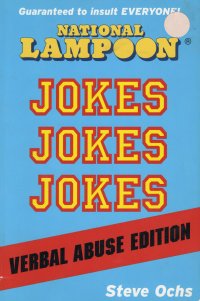 I bought this book
I bought this book 
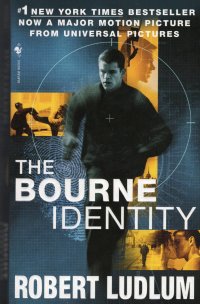 When I bought this book
When I bought this book 
